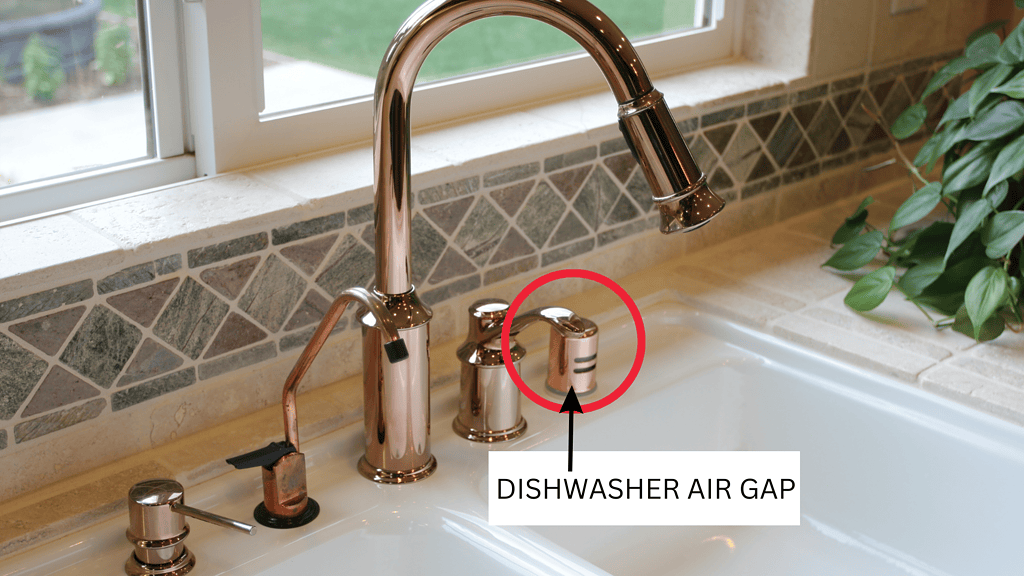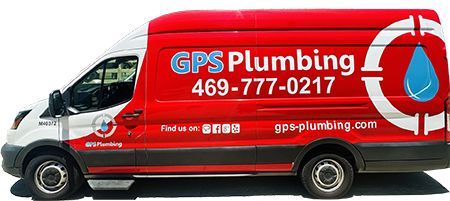
Dealing with Water Coming Out of Your Dishwasher Air Gap
Your dishwasher is a kitchen lifesaver, making cleaning up a breeze-but when water starts spilling from the dishwasher air gap, it can turn into a frustrating mess. This messy and unexpected problem usually signals a clog in the air gap line, causing improper drainage and leaving you with a frustrating mess. Don’t let a dishwasher air gap issue disrupt your routine. In this guide, we’ll dive into what a dishwasher air gap is, why it’s crucial for your kitchen, and how to fix common problems when water starts pouring out.
What Is a Dishwasher Air Gap?
An air gap is a small, cylindrical fixture usually located next to your kitchen faucet. The dishwasher air gap ensures that dirty water does not re-enter the dishwasher, providing essential kitchen hygiene and keeping your clean dishes uncontaminated. The air gap allows air into the system, which breaks the siphon effect that could otherwise pull dirty water back into the appliance. Learn more about air gaps from Whirlpool.
Why Is Water Coming Out of the Air Gap?
Understanding the function of a dishwasher air gap can help you prevent common issues like water overflowing. When water spills from the dishwasher air gap on your sink, it’s typically due to a clog in the line connecting the dishwasher to the garbage disposal or sink drain. This blockage hinders proper drainage, causing water to escape through the air gap instead. Preventing dishwasher air gap clogs is essential for maintaining smooth kitchen plumbing and avoiding costly repairs.
Common Causes of a Clogged Dishwasher Air Gap Line
- Food Debris: Leftover food particles can accumulate in the dishwasher drain hose, leading to a blockage.
- Grease Buildup: Over time, grease can solidify and restrict water flow in the drain line.
- Incorrect Installation: Poor installation of the dishwasher or air gap can cause frequent clogs and drainage problems.
How to Fix a Clogged Air Gap Line
Step 1: Clean the Air Gap
- Remove the Cap: Gently twist off the decorative cap from the air gap by hand.
- Inspect the Air Gap: Look inside for visible debris and clean it with a small brush, like a bottle brush.
- Flush the Line: Run the dishwasher or turn on the garbage disposal to see if water flows properly. If water still backs up, it’s time to check the drain hose.
Step 2: Check the Dishwasher Drain Hose
- Disconnect the Hose: Turn off the dishwasher’s power and disconnect the hose from both the air gap and the garbage disposal or sink drain.
- Inspect and Clean: Look through the hose for any blockages. Remove them with a flexible brush or by flushing the hose with water.
- Reattach the Hose: Securely reconnect the hose to prevent leaks.
Step 3: Run a Test Cycle
After cleaning the air gap and drain hose, run a test cycle on your dishwasher. Monitor the air gap to ensure the clog has been fully cleared. For additional tips on maintaining your kitchen plumbing, check out our DIY Drain Cleaning Tips to keep your drains clear.
Preventing Future Clog
To reduce the risk of future clogs in your dishwasher’s air gap, try these tips:
- Rinse Dishes Before Loading: Rinsing dishes before loading can significantly reduce the risk of debris buildup in the drain hose.
- Regular Cleaning: Make sure to periodically clean the air gap and drain hose to remove accumulated debris.
- Avoid Pouring Grease Down the Drain: Grease can solidify and cause blockages in the line and air gap. Properly dispose of grease to keep your drains clear.
Keeping your dishwasher air gap clean is a key part of maintaining your kitchen plumbing. For additional maintenance tips, check out Whirlpool’s Guide to Dishwasher Air Gaps
Dealing with Water Coming Out of Your Dishwasher Air Gap
The dishwasher is a true kitchen lifesaver, simplifying cleanup—until water starts spilling from the dishwasher air gap. This can quickly turn into a frustrating problem. Typically, water overflow signals a clog in the air gap line, preventing proper drainage. Don’t let this issue disrupt your routine. In this guide, we’ll cover what a dishwasher air gap is, why it’s important for your kitchen, and how to fix common problems when water starts pouring out.
What Is a Dishwasher Air Gap?
An air gap is a small, cylindrical fixture usually located next to your kitchen faucet. Its primary function is to ensure that dirty water does not re-enter the dishwasher, maintaining essential kitchen hygiene. The air gap allows air into the system, breaking the siphon effect that could otherwise pull dirty water back into the appliance. You can learn more about air gaps from Whirlpool’s guide.
Why Is Water Coming Out of the Air Gap?
Understanding the role of a dishwasher air gap can help you prevent common issues like water overflowing. When water spills from the dishwasher air gap, it is typically caused by a clog in the line connecting the dishwasher to the garbage disposal or sink drain. This blockage stops proper drainage, causing water to escape through the air gap instead. Preventing air gap clogs is key to maintaining smooth kitchen plumbing and avoiding costly repairs.
Common Causes of a Clogged Dishwasher Air Gap Line
- Food Debris: Leftover food particles can accumulate in the dishwasher drain hose, leading to a blockage.
- Grease Buildup: Over time, grease can solidify and restrict water flow in the drain line.
- Incorrect Installation: Poor installation of the dishwasher or air gap can cause frequent clogs and drainage problems.
How to Fix a Clogged Air Gap Line
1: Clean the Air Gap
- Remove the Cap: Gently twist off the decorative cap from the air gap by hand.
- Inspect the Air Gap: Look inside for visible debris and clean it with a small brush, like a bottle brush.
- Flush the Line: Run the dishwasher or turn on the garbage disposal to see if water flows properly. If water still backs up, it’s time to check the drain hose.
2. Check the Dishwasher Drain Hose
- Disconnect the Hose: Turn off the dishwasher’s power and disconnect the hose from both the air gap and the garbage disposal or sink drain.
- Inspect and Clean: Look through the hose for any blockages. Remove them with a flexible brush or by flushing the hose with water.
- Reattach the Hose: Securely reconnect the hose to prevent leaks.
3. Run a Test Cycle
After cleaning the air gap and drain hose, run a test cycle on your dishwasher. Monitor the air gap to ensure the clog has been fully cleared. For additional tips on maintaining your kitchen plumbing, check out our DIY Drain Cleaning Tips to keep your drains clear.
Preventing Future Clogs
To avoid future air gap clogs, try these preventive measures:
- Rinse Dishes Before Loading: Rinsing dishes before loading helps prevent debris buildup.
- Regular Cleaning: Periodically clean both the air gap and drain hose to remove any accumulated debris.
- Avoid Pouring Grease Down the Drain: Grease solidifies and causes blockages in the line and air gap. Properly dispose of grease to keep your drains clear.
Keeping the dishwasher air gap clean is essential for maintaining efficient kitchen plumbing. For more maintenance tips, visit Whirlpool’s Guide to Dishwasher Air Gaps. A leak under the kitchen sink can cause serious damage if not addressed quickly. If you’re dealing with this common plumbing issue, check out our step-by-step guide on how to fix a leak under your kitchen sink to learn how to resolve it efficiently and prevent further problems.
Protect Your Dishwasher and Keep Your Kitchen Running Smoothly

Regular cleaning and proper use of your dishwasher’s air valve and drain lines are essential for avoiding clogs. However, if you’ve already tried cleaning the air gap and drain hose and still experience problems, it’s time to consult the experts. At GPS Plumbing, we offer professional assistance for all your kitchen plumbing needs.
Visit our Kitchen Plumbing Services page for more details, or contact us to schedule a service. Trust GPS Plumbing to keep your kitchen running efficiently and your plumbing in top shape. You can learn how to turn off the water to your kitchen sink by following this guide.

